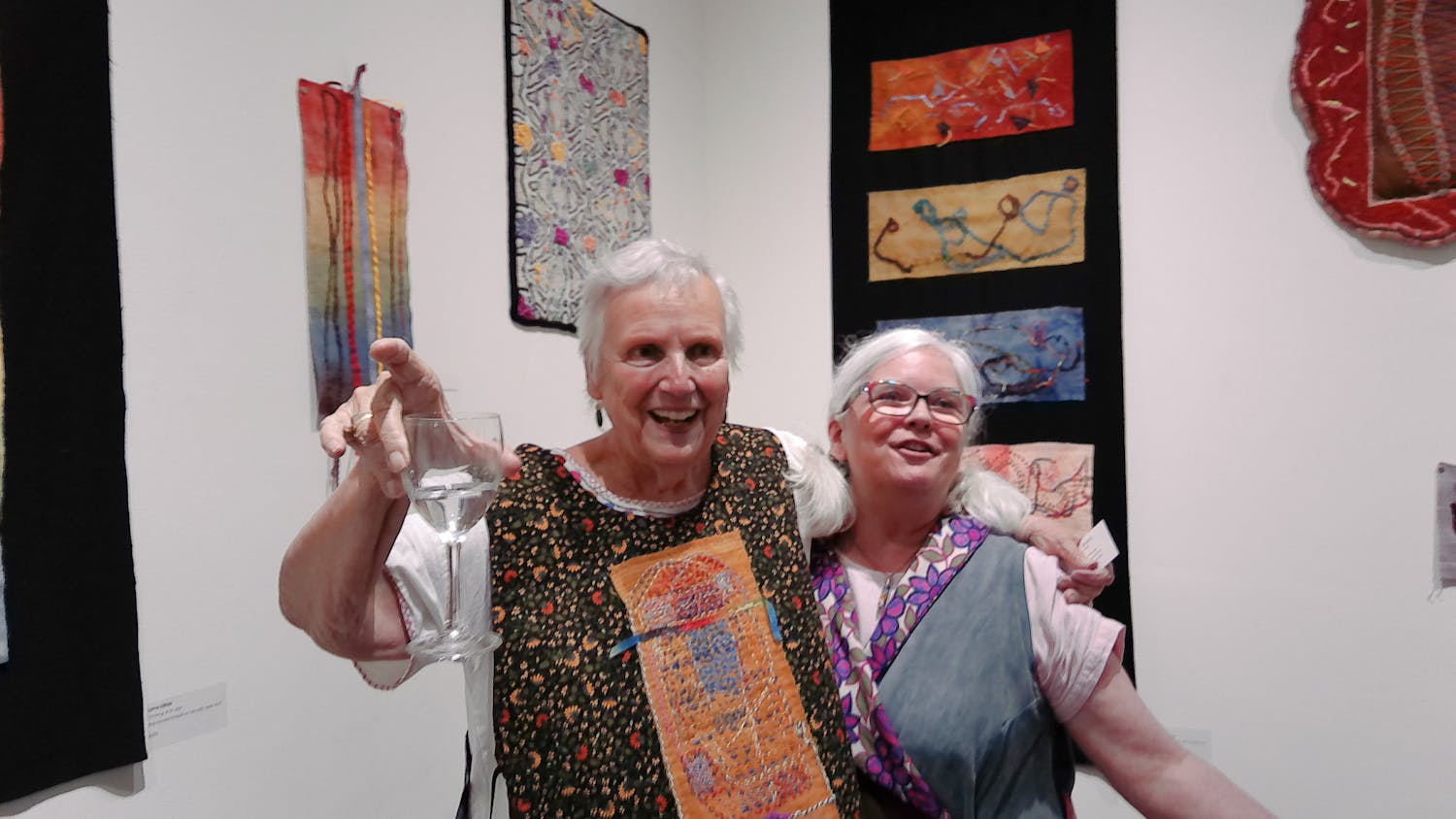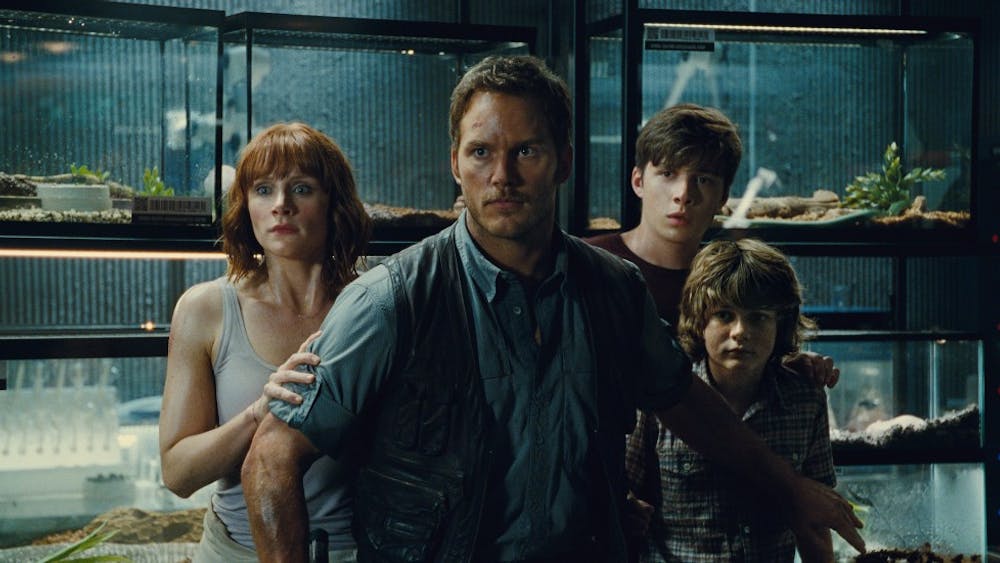"The white building with its different colors and designs, is kind of a pop art concept -- a wild juxtaposition of colors and purposeful imbalancing."\nRon Reinoehl, PR Director for the Musical Arts Center\nIndianapolis Star Magazine, 1972\nInside is vibrant. Walls sprayed in plaster are painted brilliant red, and restless purple carpet, hatched in orange, comes alive from the floor. Chairs in the lobby appear to have been melted.\nAbove all, it is one of the nation's top opera facilities. \nThe Musical Arts Center was designed with technical excellence in mind. Before committing to its design, architect Evans Woolens studied theatres in the United States and Europe for two years. It seats just around 1,500 people, that magical number which has been such a success in European opera houses. No seat is more than 90 feet away from the stage.\nArchitect Frank Gehry, designer of the Guggenheim in Bilbao, Spain, and the Experience Music Project in Seattle, asserts that buildings look best when they are incomplete. \nIn a sense, the MAC looks incomplete. Its sides, made of board-formed concrete, have a rough appearance. The boards' grains are in the walls, each individual knot pressed deep into the concrete. The building doesn't look specific, doesn't have a shape readily assimilated by the eye.\nIn 1972, New York Times writer Harold Schonberg called it a "Camelot on the campus". \nIt's not quite that. Maybe a concrete Camelot. But IU's has a glass front, portholes on the towers and dark, narrow hallways. It has graphics painted on the walls.\nInside, vermillion red, shocking pink, purple and orange combine together. Here is the MAC's true miracle. In another building the colors would not react, would shock, would disgust. In the MAC, they create warmth. They create a secure, comfortable place.\nPeople entering the MAC are greeted by a bright red statue made of steel. \nInternationally famous sculptor Alexander Calder created that statue, entitled "Peau Rouge Indiana," translated as "Indiana Redskin."\nExistentialist Jean Paul Sartre described Calder's art in 1974. "Calder suggests nothing. He catches real, live movements and fashions them… In a word, although Calder has not sought to imitate anything -- because he has not wanted to do anything but to create scales and chords of unknown movements -- they are lyrical inventions."\nCalder is famous as a modern artist who created a new art form -- the mobile.\nTwo large banners hang within the spacious lobby, designed by George Ortman, former head of the painting department at Michigan's Cranbrook School of the Arts, famous for its involvement with internationally renowned architect Eliel Saarinen.\nChancellor Herman B Wells labored to secure funding for the MAC, working against the objection of Indiana's governor at the time, Roger D. Branigin. Wells managed to secure most of the funding for the Musical Arts Center through private gifts.\nIn 1973, South Bend's Michiana Magazine captured Wells' advice on architecture. The chancellor instructed his architects: "When you build, build for a long time… build for 1,000 years. Do not build structures which will be cast away by tomorrow's fashion."\nThe MAC's facilities set it a world apart from its competitors on the college level and rank it one of the best opera houses in the United States. \nNew York Times writer Harold Schonberg described the MAC's sound in 1972. "As an acoustic installation, the Musical Arts Center ranks with any in the country... the sound is pure. There is an even throw, the bass is full and resonant, everything has a natural quality." \nThe MAC -- which also houses classrooms, rehearsal rooms, studios, a ballet center and administrative offices, puts Indiana opera firmly on the Midwest map.\nOr as Time magazine described it in 1972, "The (Indiana University) opera department compares with some of its rivals the way a 747 jet compares with a Piper Cub."\nFormer School of Music Dean Wilfred C. Bain sums up why its important to have a state-of-the-art building. \n"You must have a physical plant to back you up if you are to train at the top level. I am not talking about the thickness of the carpet or the aesthetic effect of an impressive lobby. I am talking about the facilities"
A Concrete Symphony
Musical Arts Center creates symphony of architecture and sound
Get stories like this in your inbox
Subscribe





